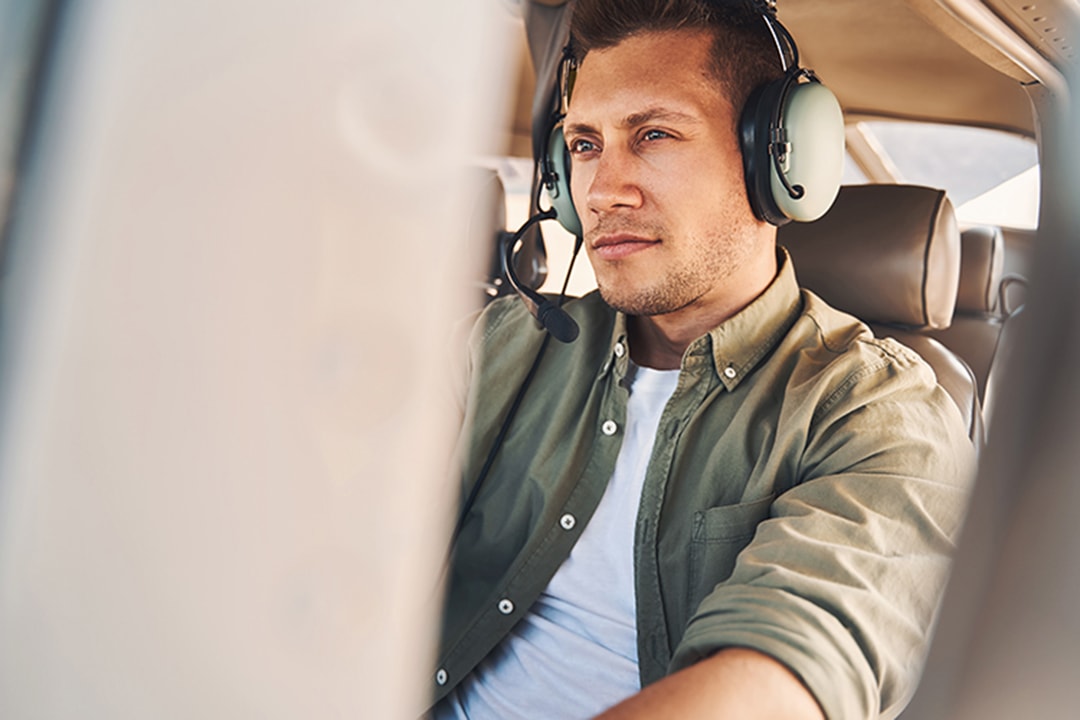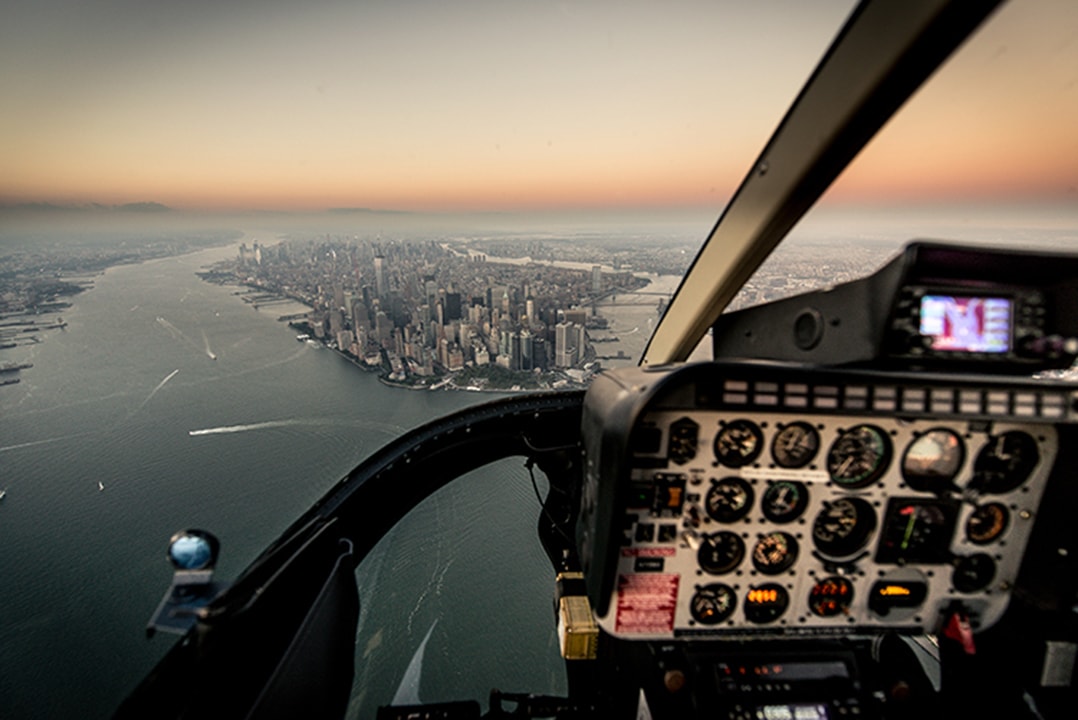Essential Guide to Becoming a Certified Sport Pilot Instructor
Oct 09, 2025
Looking to become a certified sport pilot instructor? Discover the essential steps, requirements, and expert tips to earn your flight instructor certificate with a sport pilot rating.
Whether you're starting fresh or advancing your aviation career, this guide will help you navigate the path to teaching sport pilots safely and confidently.
How to Become a Sport Pilot Instructor: Step-by-Step Introduction
Becoming a certified sport pilot instructor is a rewarding path that requires dedication, knowledge, and a commitment to safety. To begin, aspiring instructors must first hold at least a sport pilot certificate or a higher-level pilot certificate with the appropriate category and class privileges.
The certification process involves comprehensive training that combines both ground instruction and flight training, ensuring candidates develop a thorough understanding of light sport aircraft operations, FAA regulations, and instructional techniques.
Candidates must be trained by an authorized instructor and successfully pass the FAA knowledge test specific to the sport pilot instructor rating. This knowledge test, also known as the Sport Pilot Written Test, covers essential topics such as fundamentals of instruction, aeronautical knowledge, and the specifics of teaching sport pilots.
Once the knowledge test is passed, candidates proceed to practical training, which includes flight proficiency and teaching skills necessary to provide effective instruction.
The course of instruction is designed to prepare candidates to teach student pilots how to operate light sport aircraft safely and competently.
A certified flight instructor with a sport pilot rating is authorized to provide both ground and flight training to students, including endorsements for solo flight privileges required and solo cross-country flights.
Throughout the training, emphasis is placed on understanding the student's flight preparation, proposed flight procedures, and ensuring the student can fly safely under known circumstances.
The training also covers the proper use of pilot stations, operating within various airspace areas such as Class B, C, and D airspace, and adhering to FAA limits and operational requirements, including those related to airports with an operational control tower.
Successfully completing this process equips the instructor to mentor new sport pilots effectively and uphold the high standards of flight safety and instructional quality necessary in the field ultimately becoming a qualified FAA flight instructor who can guide the next generation of light sport aviators.
Prerequisites for Flight Instructor Certificate

Applicants seeking a flight instructor certificate with a sport pilot rating must already possess a sport pilot certificate or a more advanced pilot license, along with the correct category and class ratings for the aircraft they intend to teach in.
This means that the applicant should already be qualified to operate the specific type of light sport aircraft they intend to instruct in, ensuring they have the foundational knowledge and experience necessary for teaching.
While a student pilot certificate alone does not qualify one for instructor certification, holding a private pilot certificate or higher can also fulfill eligibility requirements, especially when seeking to instruct in powered aircraft or other specific categories.
The minimum age requirement for obtaining a flight instructor certificate with a sport pilot rating is 18 years old, aligning with FAA regulations for responsible and mature instruction.
In addition to holding the correct pilot certificate and meeting the age requirement, applicants must satisfy specific medical eligibility criteria.
A valid driver's license can be used as proof of medical eligibility if the applicant’s FAA medical certificate has expired, provided there are no restrictions or revocations affecting their ability to fly safely.
Understanding and complying with the sport pilot medical requirements is crucial at this stage to ensure the instructor can legally and safely operate within FAA regulations.
The FAA requires applicants to have a minimum of 150 hours of flight time, which ensures sufficient practical experience before taking on the responsibility of instructing others.
Furthermore, candidates must successfully complete a proficiency check with an authorized instructor to demonstrate their competence in both flying and teaching skills.
Instructors who plan to teach in a different category or class of light-sport aircraft must complete additional training and receive the proper endorsements.
This training must be conducted in the same category and class of aircraft as the privileges sought, ensuring that flight instructors are fully qualified to provide training safely and effectively within the specific operational limits and regulations governing light sport aircraft.
Flight Instructor Role

The role of a flight instructor is crucial in the development of a sport pilot’s skills and knowledge. A certified flight instructor (CFI) with a sport pilot rating plays a significant part in teaching sport pilots the necessary skills to operate a light sport aircraft safely and efficiently.
To qualify as a flight instructor, an individual must possess a sport pilot certificate or a more advanced pilot license, along with the corresponding category and class ratings that align with the instructional privileges they intend to exercise.
Holding a flight instructor certificate with a sport pilot rating authorizes instruction in light sport aircraft, though it also involves specific limitations and regulatory requirements.
As a teacher and mentor, a flight instructor must possess excellent teaching skills, aeronautical knowledge, and technical subject areas expertise to provide effective instruction to student pilots.
The instructor’s primary goal is to ensure that the student pilot acquires the necessary skills and knowledge to pass the practical test and obtain a sport pilot certificate.
To achieve this, the instructor must provide ground training and flight training, covering topics such as aircraft systems, weather, navigation, and regulations.
A flight instructor with a sport pilot rating must also be authorized to provide instruction in the specific category and class of aircraft, such as airplanes or weight-shift-control aircraft.
The instructor must have a deep understanding of the aircraft’s characteristics, limitations, and operating procedures to provide safe and effective instruction.
Additionally, the instructor must be familiar with the FAA regulations and guidelines governing sport pilot certification, including 14 CFR Part 61 Subpart K.
When providing flight training, a flight instructor must consider the student pilot’s flight preparation, proposed procedures, and any limitations listed in the student’s logbook.
The instructor must also ensure that the student pilot is aware of the existing conditions, such as weather and airspace restrictions, and can operate the aircraft safely within those conditions.
The instructor’s role is not only to teach but also to evaluate the student pilot’s progress, provide feedback, and endorse the student’s logbook for solo flight privileges, solo cross-country flight, and other privileges as required.
In summary, the flight instructor role is critical in the development of sport pilots, and a certified flight instructor with a sport pilot rating must possess excellent teaching skills, aeronautical knowledge, and technical subject areas expertise to provide effective instruction.
The instructor must be authorized to provide instruction in the specific category and class of aircraft, familiar with FAA regulations, and consider the student pilot’s flight preparation, proposed procedures, and limitations to ensure safe and effective instruction.
By following these guidelines and regulations, a flight instructor can help student pilots achieve their goals and become safe and competent sport pilots.
